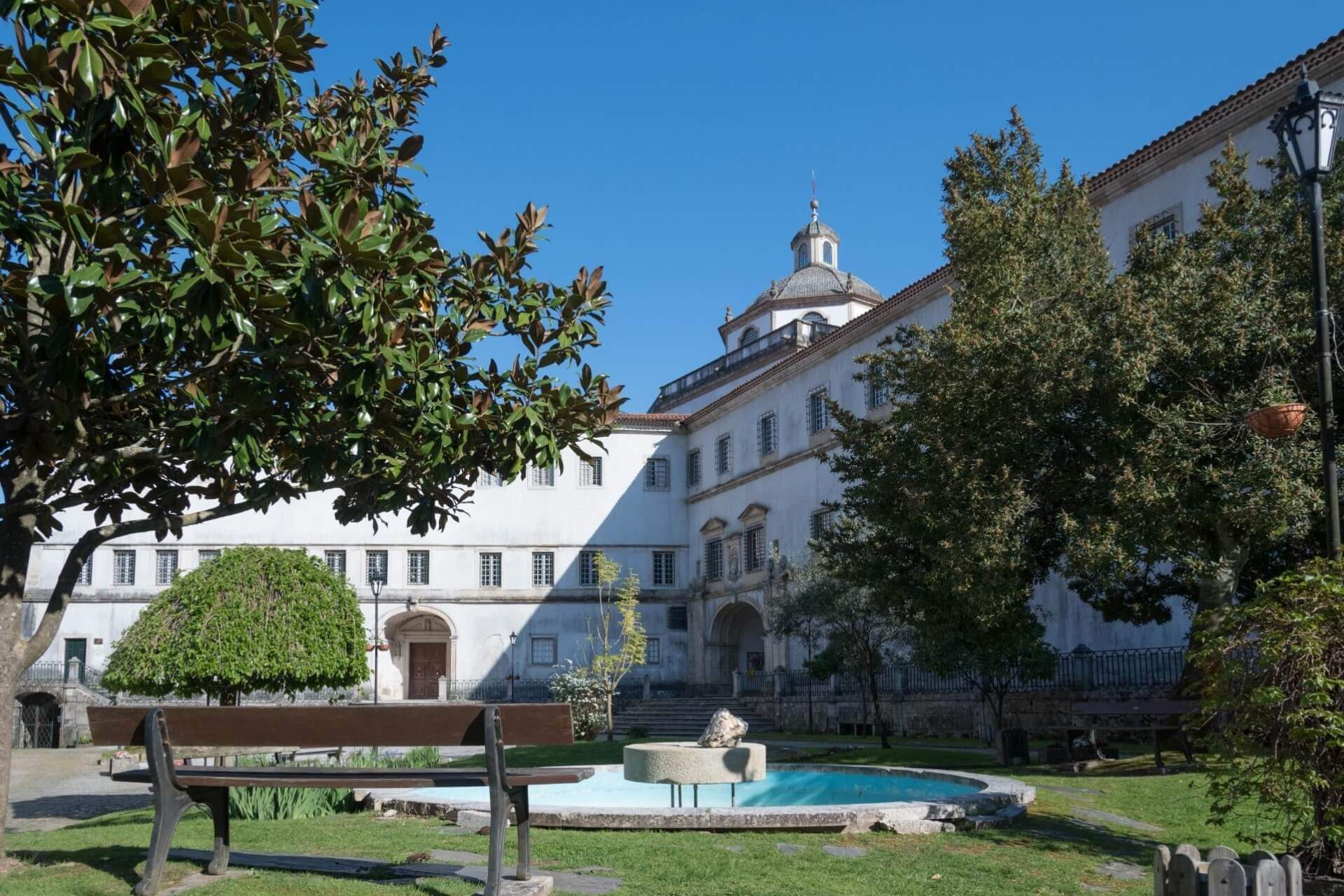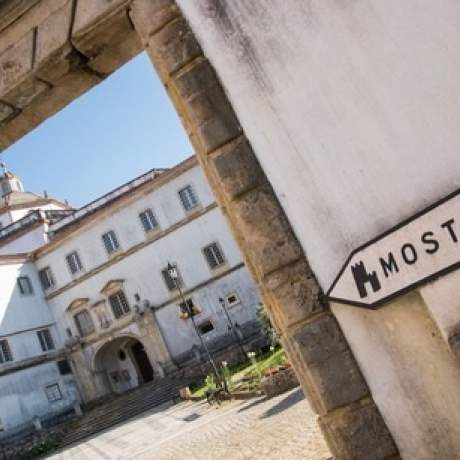
Lorvão Monastery
In a valley surrounded by profuse vegetation, we find the Lorvão Monastery, classified as a National Monument, which has bequeathed to us documentary and artistic traces of its Mozarabic past.
When the Muslims arrived in the Hispanic Peninsula, many of the territories belonging to the Visigoth kingdom submitted peacefully. The Caliphate imposed new administrative, social and economic policies, but allowed the resident Christian and Jewish communities to maintain and practice their religion and customs, provided they paid the special capitation tax and did not disturb the new established order.
During the period of Islamization, processes of continuity took place and many of these Christians from Al Andaluz, heirs of the Visigoth ritual that they continued to practice, adopted Arabic culture and language - becoming Arabized Christians, traditionally known as Mozarabs.
The monastery was strongly influenced by the historical vicissitudes of the region, especially the city of Coimbra, an important centre of Mozarabic culture.
The foundation date of the monastery is uncertain. According to the ancient chronicles, the foundation of a monastery in Lorvão would date back to the 6th century. However, documentary sources point to the year 878, date of the first Christian conquest of Coimbra, as the approximate date of foundation, from which the first written documents appear, testifying the existence of a community that played an important role in the agrarian development and repopulation of the region. In the 10th century, its importance was already considerable and the monastery enjoyed great prosperity, particularly during the rule of Abbot Primo, who sent for specialised artists from the city of Córdoba from Al Andaluz to undertake renovation work on the monastery, which clearly shows the symbioses between Christian and Muslim communities.
Despite the retaking of these territories by the Muslim onslaught of Almanzor in 987, the monastic community survived, living on the faith and support of the Mozarabs of the region, and the Laurentian monks helped the Christian armies in the new and definitive reconquest of the Coimbra region in 1064.
Among the productions of the scriptorium of the Lorvão monastery, there is a particularly remarkable illuminated manuscript, the so-called "Apocalypse of Lorvão". Dating from 1189, the manuscript, currently in the Torre do Tombo National Archives in Lisbon, has decorative elements where the influence of Hispanic Mozarabic manuscripts is visible, namely in the variety of colours or in the Moorish arch, frequent in the design of the background architecture.
It should be noted that the historical, artistic and heritage importance of the Monastery justified its inclusion in the REVIVE Programme, in order to revitalize it through the implementation of a hotel establishment.
Address:
R. Evaristo Lopes Guimarães, Lorvão
Phone:
Email:
Website:
Timetable:
Monday to Saturday: 9:15 - 12:45 and 14:00 to 17:45. Sunday: 9:15 - 10:30 and 14:00 - 17:45
Close
Search results for:
No results were found matching your search.
Information available soon.



